Technology such as artificial intelligence (AI) and chatbots (such as Alexa, Google home, and Siri) are becoming increasingly important in today's society and in education. We are investigating how to bring children innovative, engaging learning experiences using these new technologies. Our study, funded by the National Science Foundation, examines how to teach children about AI using a software that we developed called AI Made by You (AMBY). AMBY allows learners to develop conversational programs that work similarly as Alexa or Google Home. Our study also investigates if interacting with software like AMBY can improve student' attitudes toward technology.
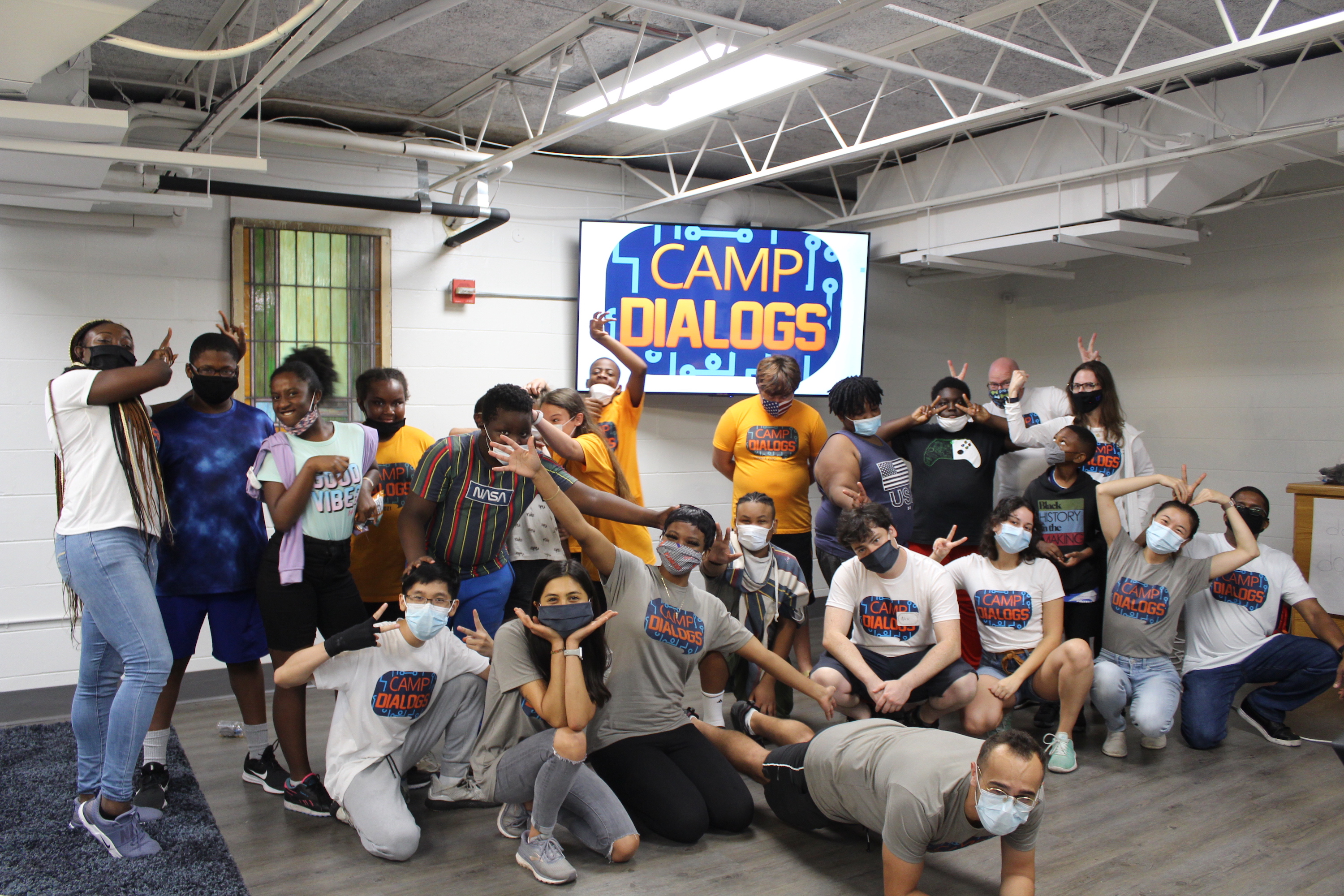

Learn about AI and build your own conversational app: an app that you can talk to, like Siri and Alexa

Play games and use teamwork to see how computer science and AI concepts work, beyond the computer screen
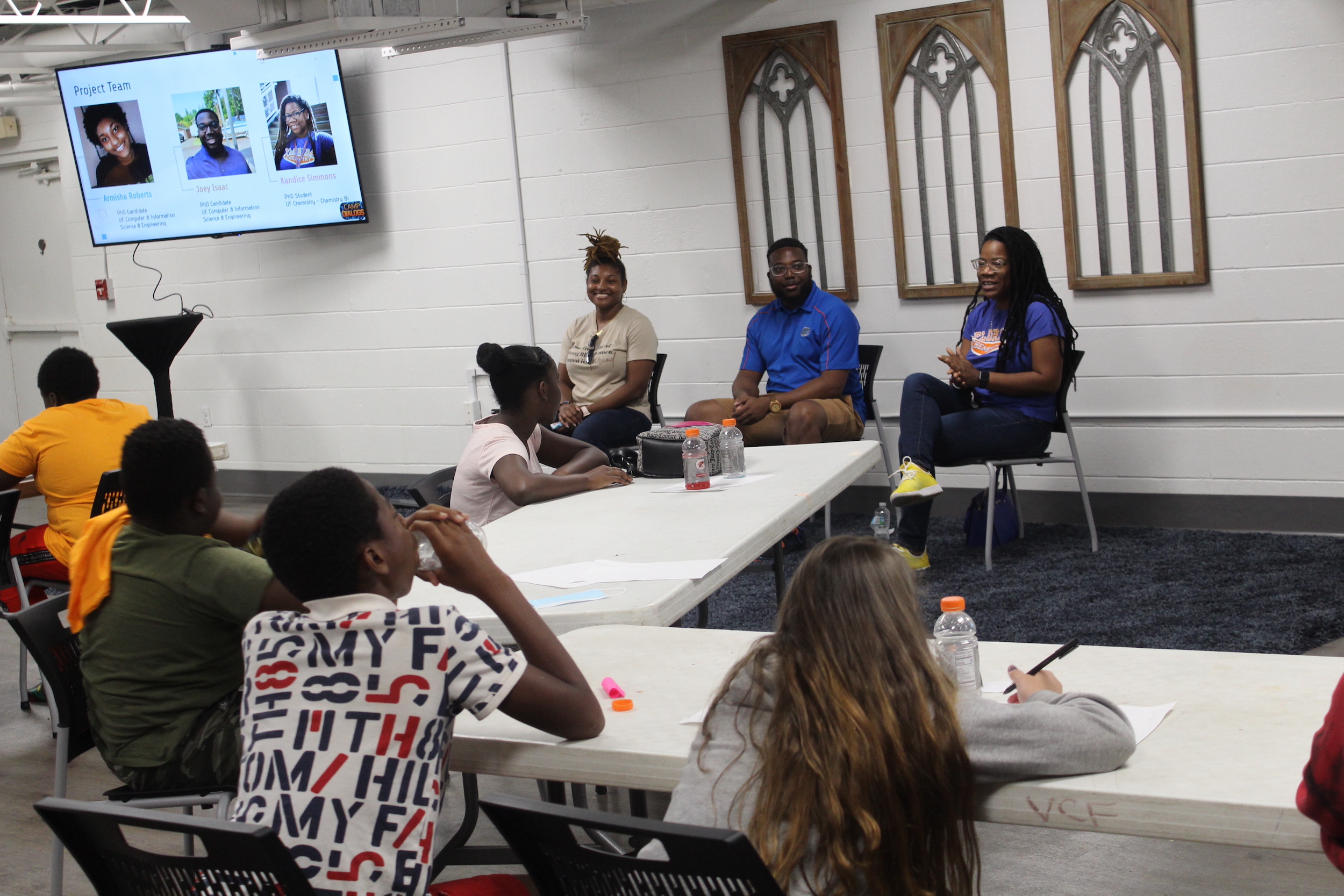
Learn from diverse scientists and engineers about career opportunities in computer science and AI.
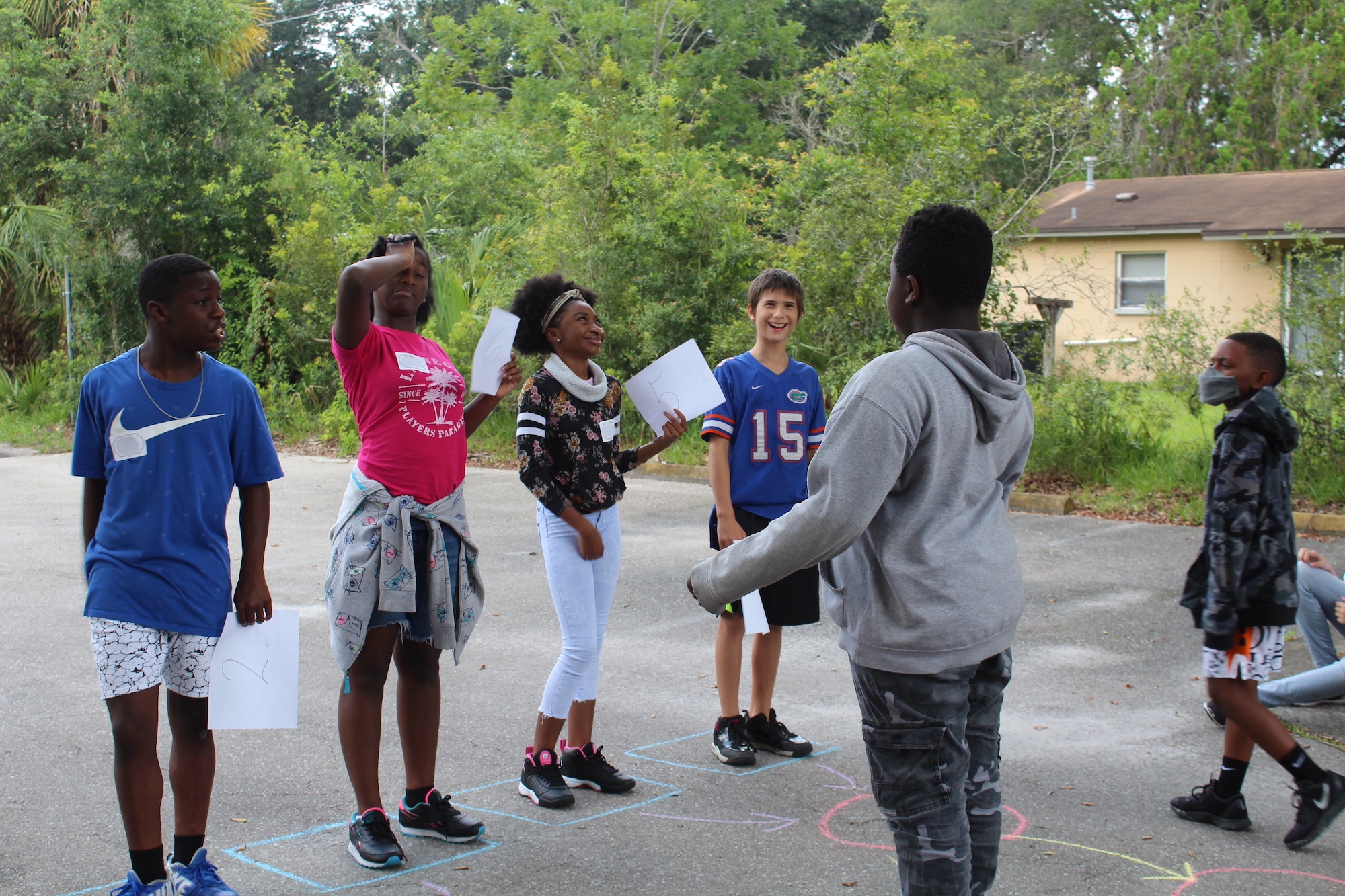
Every day includes time for board games, basketball and other just-for-fun activities.









Here are the Learn Dialogue Research Lab's publications!
The DIALOGS curriculum was designed based on the Universal Design for Learning (UDL) guidelines. UDL is a pedagogical framework that aims to make learning more accessible and engaging for all students by proactively planning for learner variability, including the range of backgrounds, abilities, and learning preferences (CAST, 2018; Song et al., 2024).
The DIALOGS curriculum integrates general AI concepts, hands-on unplugged activities, conversational AI lessons, and the project activities for developing conversational apps, aligning with AI4K12's Big Ideas and specific learning objectives.
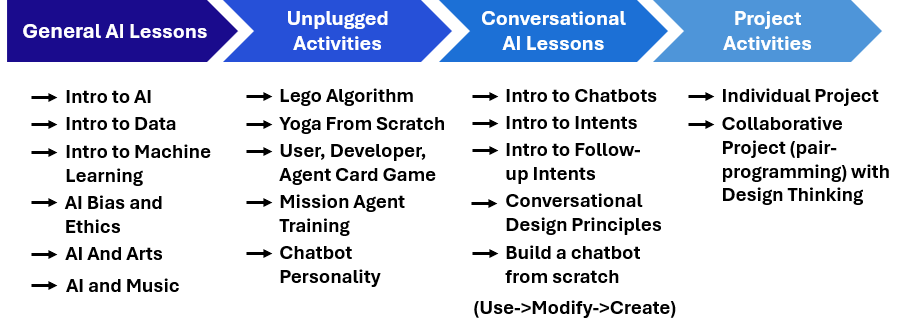
Our curriculum aims to introduce learners to general AI knowledge through interactive lessons drawn from established resources like those from MIT and Google , and tailored for our summer camp setting. These lessons closely align with AI4K12's Five Big Ideas of AI and progressions. They range from Introduction to AI, Data, Machine Learning to AI Bias and Ethics, and extend to applications of AI in art and music. Learners engage with AI concepts through practical applications, understanding how AI learns from data, and discussing the broader impact of AI in society and creative fields.
The complete set of lesson materials (slides, lesson plans, worksheets) can be found here.
Dialogs curriculum designers would like to acknowledge and thank the following for providing access to quality materials that were used in lesson development including but not limited to:
Our conversational AI lessons are anchored in learners’ prior experiences with conversational AI. As most learners have experience with chatbots through apps such as Alexa and Siri, we start with these experiences. We then transition to conversational AI lessons for the creative exploration of chatbots that were closely aligned to the AMBY interface. The curriculum includes seven lessons ranging from an introduction to chatbots and continuing through conversational design principles.
Learners explore conversational AI through structured lessons that are tied to the AMBY interface. Our educational approach involves providing learners with a series of scaffolded conversational AI project activities, allowing them to put their newfound knowledge into practice within the context of real-world projects.
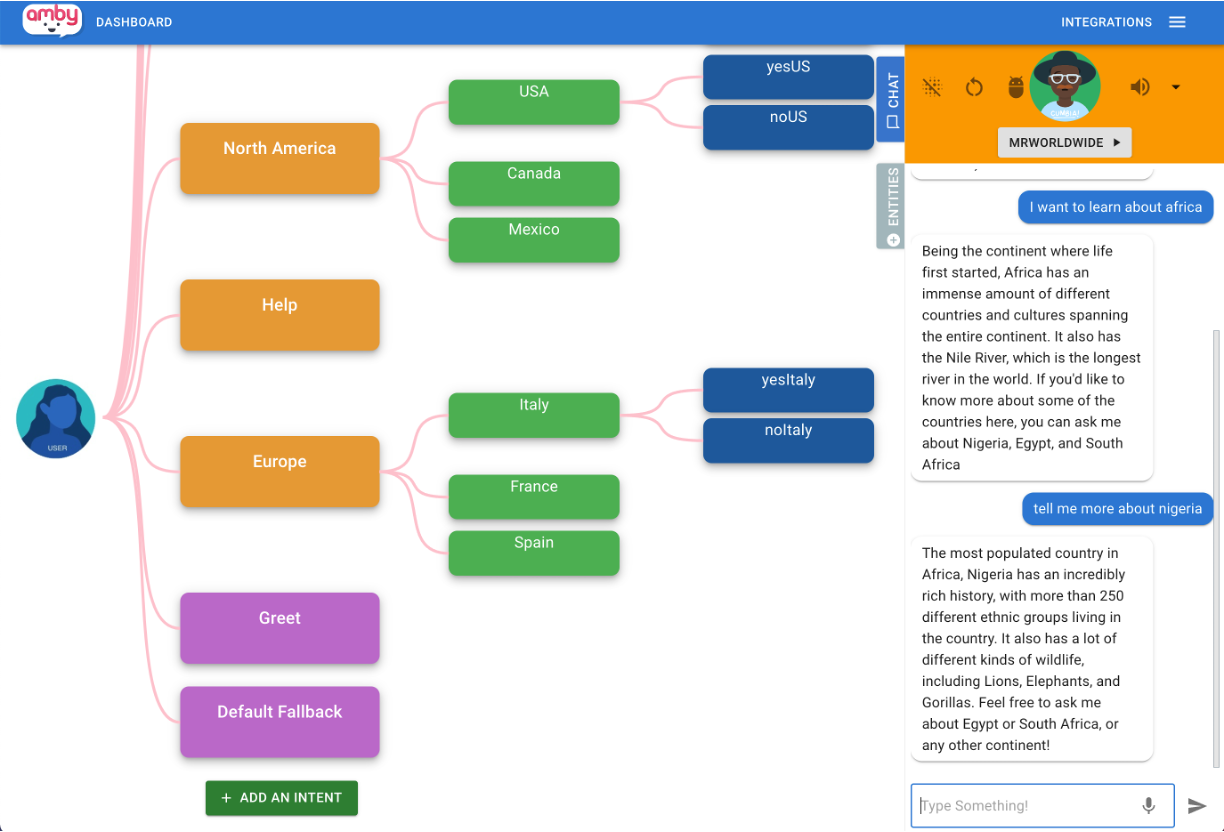
AMBY development environment for learners to create conversational agents. In this figure, “MrWorldWide” is a sample agent that AMBY provides for learners to begin with.
Unplugged activities have demonstrated effectiveness in helping learners grasp abstract CS concepts and enhance computational thinking in a fun and engaging way. Our team applied this idea of CS unplugged activities to conversational AI learning.
Lesson Plans for our Unplugged activities:
DIALOGS assesses learners’ knowledge and understanding of AI via a multi-pronged approach: self-recorded videos, gamified quizzes, cognitive interviews, and learning artifacts. The assessment instruments were iteratively designed and developed for use within informal settings (i.e., summer camps) and have been adapted for formal classroom use. The assessment items and rubrics were developed to address Five Big Ideas of AI presented by AI4K12 and our specific curricular goals and learning objectives.
The instrument development team consisted of content experts in CS and AI, CS and AI education, and educational assessment evaluation team members. The team developed a rubric for rating learner responses to cognitive interview questions, as well as their artifacts. Here is the rubric for the assessments.
The team developed a rubric for analyzing transcripts from cognitive interviews with learners. The rubric may also be adapted/modified by teachers for AI products developed by learners. Here is an updated 2023 version.
Example Rubric (Pulled from 2023 Cognitive Interview Rubric):
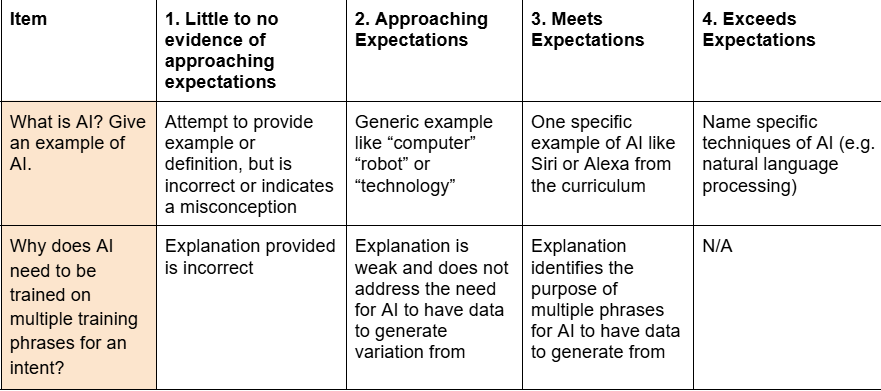
Our team developed Kahoot assessments as formative assessments of learning. All items correspond to a learning objective.
You can host or edit the kahoot quiz here: